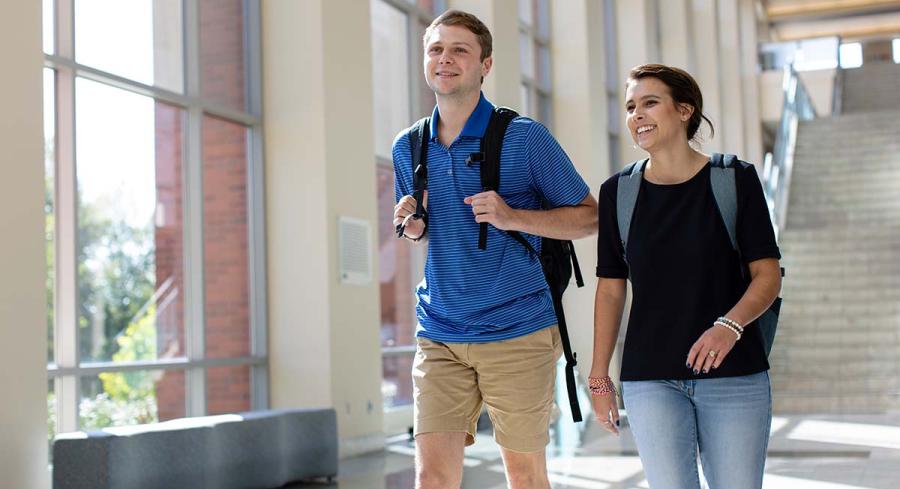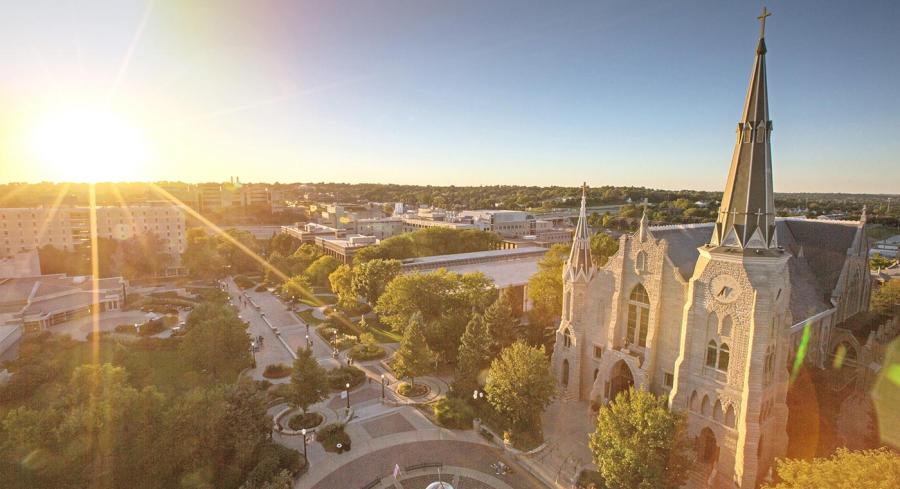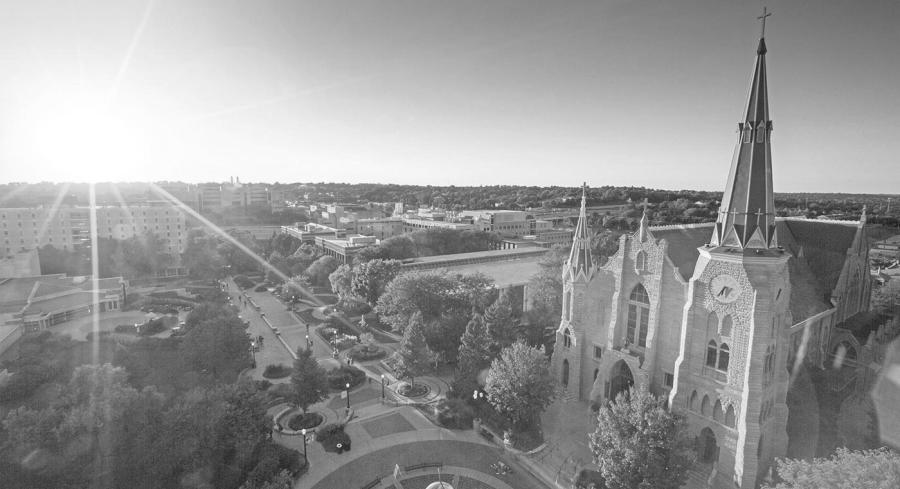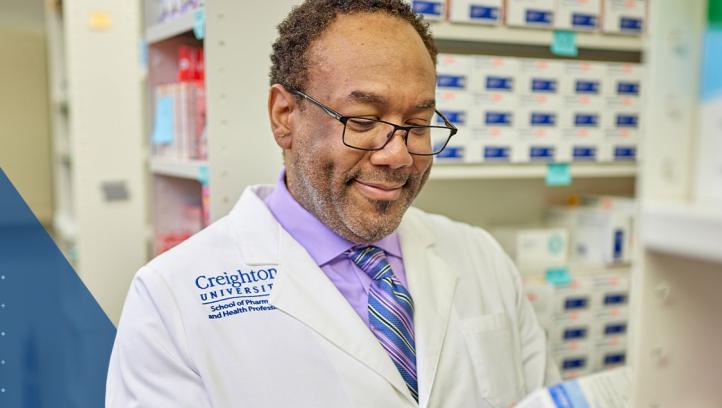
How to Become a Physical Therapist
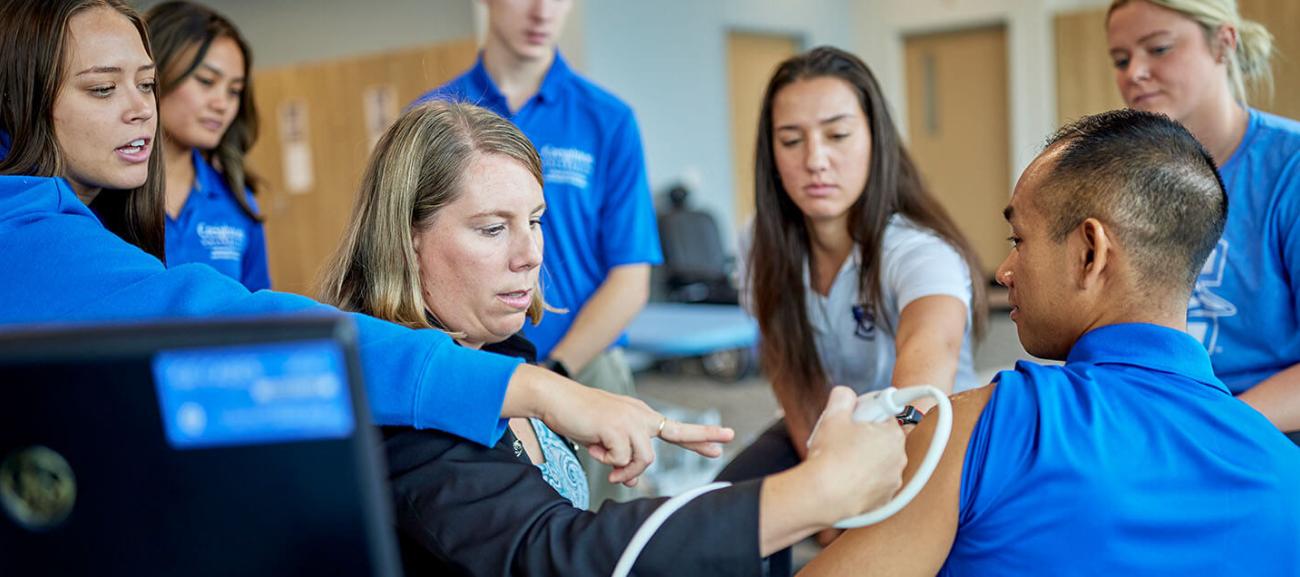
Are you a people person with a knack for science who loves working out and staying active? If so, it makes sense that you’re interested in pursuing a physical therapy career. Physical therapists, also called “PTs”, are experts in the science of movement, rehabilitation and exercise. They help people recover from injuries, maintain and increase mobility, reduce pain, and generally live longer, healthier lives.
“Being a physical therapist is one of the most rewarding healthcare jobs,” says Jessica Goodman, PT, DPT, PhD, seasoned PT and assistant professor for Creighton University’s Physical Therapy program. “You get to build a meaningful bond with your patients while helping them return to the most important things in their life.”
In addition to being a fulfilling career, physical therapist was recently listed as the #3 Best Job in Healthcare, according to U.S. News & World Report. This means there’s no better time to start your journey toward becoming a physical therapist. Keep reading to get a better understanding of the path ahead.
How to become a physical therapist: 5 steps to expect
The current demand for physical therapists across the country is growing rapidly, with jobs projected to increase much faster than the average for all occupations. The need is especially dire in rural areas, according to Goodman. This lack of PT services can lead to other negative effects.
“Research suggests that a patient’s rate of returning to hospital care may depend on the strength and mobility gained in physical therapy,” Goodman explains. “Having access to PT can help avoid excessive costs and negative impacts on patient outcomes.”
If you’re ready to help fill the gap and make a difference in the lives of patients, start planning your path. We compiled this simple breakdown of five important steps you’ll need to take in order to become a licensed physical therapist in the U.S.
1. Earn a bachelor's degree
It’s probably not surprising to find that most programs will require students to earn a bachelor’s degree before pursuing any PT training.* If you’re curious about what undergraduate degree to pursue before physical therapy school, there isn’t a specific major that is required.
However, certain programs can set you up with a strong foundation that aligns well with the coursework and knowledge required of a physical therapist. Many aspiring PT students choose undergrad majors like:
- Kinesiology or Exercise Science: Both majors are closely related to the field of physical therapy and provide a comprehensive understanding of human movement, anatomy, physiology and exercise principles.
- Psychology: Psychology majors develop a keen understanding of human behavior, cognition and mental health, which are all extremely valuable in a PT setting.
- Exercise Physiology: An exercise physiology program focuses specifically on the physiological responses and adaptations to exercise, which are directly applicable to a PT career.
- Biology: These programs provide a strong background in the biological sciences, which are fundamental to understanding the human body and its functioning.
While these degrees are all great options, make sure you research the admissions requirements for the physical therapy programs you are interested in. Some may have specific courses or other prerequisites that you need to fulfill.
No matter what undergraduate major you choose, prioritize subjects like anatomy, physiology, biology, chemistry, physics and psychology. All of these courses will be important for you to be successful as a physical therapist.
*Creighton University’s PT program does accept candidates without a bachelor’s degree, as long as they have completed a minimum of 90 semester hours of coursework.
2. Apply to PT school
Doctor of Physical Therapy (DPT) programs typically take about three years to complete. It’s a significant investment of time, money and effort, so it’s important to do your research before committing to a program.
Most schools accept applications through the Physical Therapist Centralized Application Service (PTCAS). This service is offered by the American Physical Therapy Association (APTA) and allows you to apply to multiple programs with a single application.
Common application requirements include:
- A completed application that may include a professional resume and personal statement
- An official transcript from each institution you’ve attended
- Three letters of recommendation
- Observation hours with a licensed physical therapist in a paid or volunteer setting
- Official Graduate Record Examination (GRE) scores (not required by all programs)
3. Complete a Doctor of Physical Therapy Program
A DPT program typically includes classroom, laboratory and clinical work. At Creighton, our curriculum focuses on spiritual health, personal growth, self-reflection and physical therapy as a life and career calling.
“Service for the betterment of society is a hallmark of healthcare education at Creighton,” Goodman says. “PT students begin serving and providing physical therapy care to uninsured patients within the first month of the program.”
Our unique integrated lab series threads curricular content and skill development across semesters. Students also have extended periods of patient care experiences during full-time clinical practice in the final year.
Some examples of DPT courses to expect are:
- Collaborative Care
- Behavioral and Social Science
- Evidence Based Practice
- Neuroscience
- Pharmacotherapeutics
- Motor Control and Motor Learning
- Ethics
- Medical Imaging
Upon completing the standard DPT curriculum, you can also choose to pursue a residency or fellowship program to enhance your knowledge and deepen your clinical experience. Creighton University’s Department of Physical Therapy offers post-professional residency programs in six specialty PT areas:
4. Obtain licensure
In order to practice in the U.S., you need to earn a DPT degree from an accredited program and sit for the National Physical Therapy Examination (NPTE). You may also need to meet additional state-specific requirements depending on where you practice.
Physical therapists who have chosen a clinical specialty can pursue additional certifications through the American Board of Physical Therapy Specialties.
5. Launch your physical therapist career
Once you’ve earned your DPT and acquired your license to practice, you’re ready to begin working with patients. You have some choices when it comes to where you want to find employment.
Some common places physical therapists can work include:
- Outpatient clinics
- Private practice
- Sports and fitness facilities
- People’s homes
- State, local and private hospitals
- Home healthcare services
- Nursing homes and residential care facilities
Get the training you need to make a difference as a physical therapist
Becoming a physical therapist requires dedication, perseverance and a genuine passion for helping others. By following the steps outlined above and acquiring the essential skills, you can embark on a rewarding physical therapy career.
If you’re eager to get started on the path to becoming a physical therapist, learn more about how Creighton University’s DPT programs can help get you there. Founded in 1992, our Omaha program was the first entry-level Doctor of Physical Therapy degree in the United States. And the results speak for themselves:
- Top 10 PT Program (Omaha) U.S. News and World Report
- 100% graduation rate for the past 2 years
- 99.7% pass rate on the NPTE
Learn more about Creighton University’s Department of Physical Therapy programs today.





